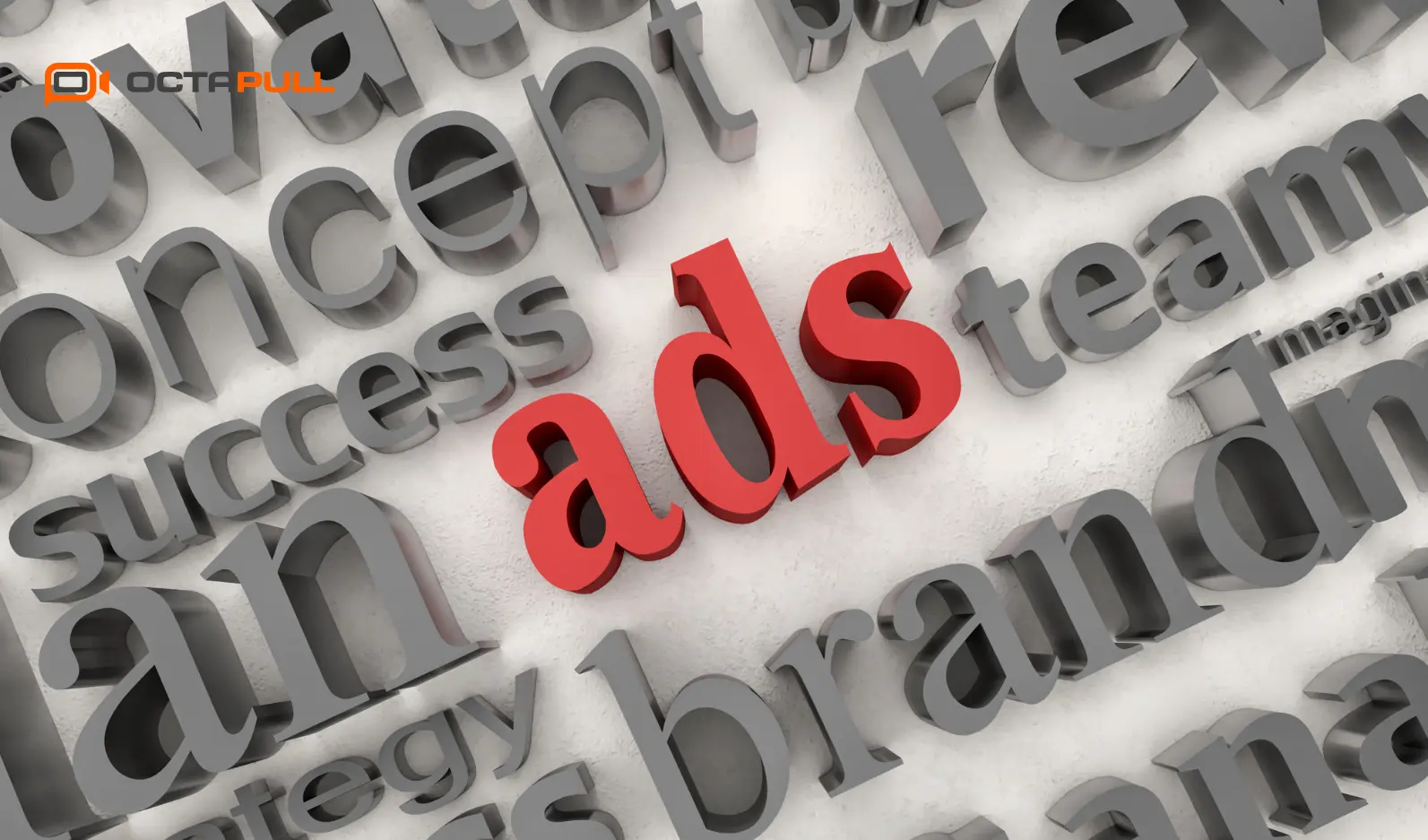In a digital economy where every marketing dollar is expected to deliver measurable results, performance marketing has become the dominant model for growth-focused brands.
Unlike traditional approaches, which emphasize awareness and reach, performance marketing prioritizes ROI, data, and accountability from the first click to the final conversion.
This article outlines seven high-impact performance marketing strategies to maximize return on investment in 2025.
From AI-driven ad optimization to advanced personalization techniques, each strategy is backed by real-world insights to help you optimize ad spend in 2025 and drive performance at scale.
What Is Performance Marketing and Why Does It Matter in 2025
Performance marketing is a data-driven approach where advertisers pay for measurable results such as clicks, conversions, or leads.
Instead of focusing on exposure, it emphasizes accountability and return on investment through real-time tracking, attribution, and clearly defined KPIs.
As businesses navigate tighter budgets and rising customer acquisition costs in 2025, performance marketing stands out as a strategy that delivers clarity and control.
It empowers marketers to spend efficiently, react quickly, and scale campaigns based on results, not assumptions.
Performance Marketing vs Traditional Marketing
Traditional marketing often relies on wide exposure and indirect outcomes. Channels like television, print, or even standard digital banners may increase awareness, but they rarely provide concrete insights into performance.
Performance marketing, on the other hand, tracks every user action and ties spend directly to outcomes. This level of transparency enables marketers to make informed decisions, reduce inefficiencies, and optimize strategies in real time.
Rather than waiting for post-campaign analysis, adjustments can be made instantly to improve targeting and conversions.
Why ROI-Focused Marketing Will Lead the Digital Economy
In a landscape shaped by automation, personalization, and rapid shifts in consumer behavior, marketing strategies must prove their value. ROI-focused marketing ensures that campaigns are aligned with business goals and deliver a measurable financial impact.
As customer journeys stretch across multiple platforms and touchpoints, marketing efforts must be synchronized and data-driven. This is where performance marketing excels. It offers the tools and frameworks needed to monitor, adapt, and scale with precision.
7 Performance Marketing Strategies That Will Double Your ROI
The key to successful performance marketing in 2025 lies in combining data, automation, and audience insight. These seven strategies are not just trends. They’re proven tactics that businesses are using to drive measurable growth and maximize returns.
1. Use AI-Powered Ad Optimization to Maximize Conversions 
Artificial intelligence (AI) is no longer a futuristic concept in advertising. It’s a practical tool for improving ROI every single day. By analyzing user behavior, AI systems can automatically optimize ad placement, creative elements, and targeting in real time.
For example, global brands like Adidas use predictive algorithms to adjust their ad spend dynamically during product launches, improving conversion rates without increasing budgets.
Smaller businesses can achieve similar gains by using platforms like Google Ads’ Performance Max or Meta Advantage+ to test multiple creative versions automatically.
The key is to let machine learning handle the optimization, while marketers focus on the strategy behind it.
2. Track Conversions Across All Channels in Real Time
Performance marketing lives and dies by tracking. Knowing where conversions happen and which channels drive them is essential for allocating budget effectively.
Real-time tracking allows businesses to monitor campaigns across web, mobile, and even offline channels, adjusting tactics on the fly.
According to Business Insider, Shopify sellers doubled their TikTok ad spend in early 2022 after seeing higher conversion rates and customer acquisition performance on that channel.
To replicate this, marketers should invest in multi-touch attribution tools like Google Analytics 4 or Triple Whale, which allow for precise tracking across every conversion point.
3. Partner with Micro-Influencers for High-Trust Engagement
Trust matters more than reach. That’s why micro-influencers with smaller but more engaged audiences are becoming essential to performance marketing strategies. Their content feels more authentic, and their followers are more likely to take action.
Authenticity and community trust drive performance. In one example, Love & Pebble, a skincare brand, used TikTok Shop’s Creator Affiliate program and achieved a 1,194% increase in sales and 3.2x return on ad spend.
This success came from partnering with micro-influencers who delivered targeted content and used performance-based affiliate tracking to measure results directly.
4. Build Omnichannel Targeting Campaigns 
In a fragmented digital ecosystem, consistency across touchpoints is no longer optional. Omnichannel targeting allows marketers to reach users where they are email, web, mobile, or in-store while maintaining a unified brand experience.
For performance marketing to work at scale, messaging must feel continuous, not scattered. Brands like Sephora have mastered this by integrating their online and offline channels.
Shoppers can explore products on mobile, book in-store consultations, and receive personalized follow-ups through email, all within a single, connected journey.
To achieve similar cohesion, businesses should invest in customer data platforms (CDPs) that centralize user information. This enables dynamic targeting and message consistency across platforms, improving both user experience and campaign performance.
5. Personalize Content Dynamically Based on Behavior
Modern consumers expect more than static content—they want relevance. Dynamic personalization adjusts messaging, offers, and creative assets in real time based on user behavior, driving better engagement and conversions.
Amazon’s recommendation engine is a prime example. It continuously analyzes browsing and purchase history to suggest relevant products, creating a highly individualized shopping experience.
While most companies don’t have Amazon-level infrastructure, tools like dynamic email content blocks or behavior-based landing pages make this approach accessible.
By responding to how users interact with content, businesses can turn passive viewers into active customers.
6. Align Paid Media with Organic Growth Strategies
Too often, paid and organic marketing efforts operate in silos. But aligning them unlocks compounding returns. When used together, paid campaigns can amplify top-performing organic content, while organic insights guide smarter ad spend.
HubSpot demonstrates this by promoting blog content that’s already proven successful through SEO. This hybrid approach drives targeted traffic at lower costs and reinforces messaging consistency.
For other brands, the takeaway is simple: identify your best-performing blog posts, videos, or social content, and allocate a portion of your paid media budget to expand their reach. This creates synergy between channels and increases the return on your existing content investments.
7. Continuously Test, Measure, and Optimize Ad Spend in 2025
In performance-driven campaigns, “set it and forget it” is no longer an option. With algorithm updates, shifting audience behavior, and new ad formats emerging constantly, ongoing testing is the only way to keep campaigns profitable.
The best-performing marketers treat every campaign as a live experiment, adjusting messaging, targeting, and spend allocation in real time.
Take Yogamatters, a UK-based yoga equipment retailer, for instance. By partnering with a digital agency to continuously refine their PPC campaigns, they significantly improved click-through rates and overall ad efficiency over time.
This wasn’t the result of one big change—it was the accumulation of small, iterative improvements driven by data.
To adopt this mindset, businesses should implement a test-and-learn framework. A/B test creatives, trial new audience segments, and closely monitor metrics that actually affect ROI not vanity metrics.
With this approach, marketing budgets become smarter with each iteration, rather than just bigger.
How Octapull SFA Supports Performance Marketing Execution at Scale
Scaling performance marketing efforts means nothing if the sales infrastructure can’t keep up. This is where Octapull SFA steps in.
Designed for performance-oriented sales management, it provides real-time visibility, smarter campaign routing, CRM integration, and actionable reporting tools—all essential for aligning marketing and sales workflows
By integrating these capabilities, Octapull SFA helps businesses turn strategy into execution and performance into measurable growth.
Campaign Tracking and KPI-Based Sales Routing
Octapull SFA allows sales teams to track campaign performance as it unfolds. Managers can monitor lead generation, response times, and field activity in real time, eliminating guesswork and delays.
More importantly, Octapull SFA routes leads and tasks based on predefined KPIs, such as deal size, industry vertical, or rep performance metrics.
This ensures that the right opportunities reach the right people at the right moment. For teams operating across multiple territories or managing high-volume pipelines, this kind of routing turns chaos into clarity—and directly contributes to higher conversion rates.
CRM Integration and Real-Time Reporting
A major bottleneck in sales performance is disconnected data. Octapull SFA solves this by syncing seamlessly with CRM platforms, allowing every update, customer touchpoint, and sales activity to be instantly reflected across systems.
With real-time reporting dashboards, managers can track rep activity, campaign ROI, and customer engagement metrics without waiting for end-of-week summaries.
This level of transparency not only improves team accountability but also equips leadership to make faster, data-backed decisions.
Aligning Marketing and Sales for Measurable ROI
Marketing may generate the leads, but sales closes the loop. Octapull SFA strengthens this connection by giving both teams visibility into the full customer journey—from campaign impression to deal closure.
With unified reporting and shared KPIs, marketers can understand which campaigns drive revenue, while sales teams gain insights into lead sources and buyer intent.
This creates a performance-driven culture where every touchpoint is trackable, and every department is working toward the same ROI.
Turn Performance Marketing Strategies into Profit with Octapull SFA
In 2025, performance marketing is no longer a competitive advantage. It has become the baseline for any business looking to grow efficiently.
But unlocking its full potential requires more than effective campaigns. It depends on having the right systems to track, adapt, and act with precision.
The strategies outlined in this guide, including AI optimization and omnichannel targeting, offer a clear path to higher ROI.
For companies looking to understand how to improve marketing performance, aligning these tactics with sales execution is what drives sustainable results.
Octapull SFA supports this alignment through campaign tracking, KPI-based routing, CRM integration, and real-time performance visibility. When these elements work together, performance becomes measurable and profit becomes scalable.
Ready to turn your performance goals into measurable results? Schedule a demo with our team or reach out via our contact page to explore how Octapull SFA can support your business.

